Henri Matisse was one of the key leaders of FauvismThe Fauvism art movement applies to a group of modernist artists in the early 20th century including Henri Matisse and André Derain, who emphasized strong colour contrasts and painterly qualities with fierce brushwork over realistic values. Fauvism as a style started around 1904 and continued far beyond 1910. The group of Fauves however only worked together for the years between More, the early 20th-century avant-garde art movement. Artists of the movement radically reinterpreted the use of colour as a structural and expressive element detached from literal description. The paintingPainting is a fundamental form of visual art that has been practiced for thousands of years. It involves applying pigment to a surface such as canvas, paper, or a wall. Painting can be explored through various styles, techniques, and mediums, each offering unique possibilities for expression and creativity. Historical Background • Ancient Beginnings: The history of painting dates back to More “The Dessert: Harmony in Red (The Red Room)” is emblematic of the FauvismThe Fauvism art movement applies to a group of modernist artists in the early 20th century including Henri Matisse and André Derain, who emphasized strong colour contrasts and painterly qualities with fierce brushwork over realistic values. Fauvism as a style started around 1904 and continued far beyond 1910. The group of Fauves however only worked together for the years between More art movement regarding the use of colour, especially the stark contrast between, bright and saturated colours, the usage of rhythmic patterns, and the flatness of the overall composition.
Where is Henri Matisse’s “The Dessert: Harmony in Red” today?
The original of Henri Matisse’s “The Dessert: Harmony in Red (The Red Room)” is on permanent display as part of the collection of the Hermitage Museum in St. Petersburg.
What’s in it?
With “The dessert: Harmony in Red (The Red Room)” Matisse turned to a motif common to the works of his time: A room decorated with vases, fruits, and flowers. Yet the mode of representation differs largely from earlier paintings of the chosen genre and evoked sharp condemnation among art critics, the public, and the Salon de ParisThe Salon was an annual, juried art show in Paris by the Académie des Beaux-Arts. From the middle of the 18th century till the end of the 19th century, it was the greatest art event in the Western hemisphere. With the French revolution, the exhibition was opened to foreign artists, and in the 19th century, the Salon extended to an More. The picture presents a dining room, the walls decorated with luxuriant raspberry red fabric with energetic twists of blue patterns, which seem to sink down from the wall, taking over the surface of the table, conveying an impression of continuity. Only a thin line distinguishes the edge of the table, almost completely absorbing the three-dimensional illusion of the room, confirming the decorative quality of the canvas.
Within the flatness of the scene emerges a woman, most likely a servant, setting the table with a fruit bowl, bread, and two decanters, one of which contains red wine. In front of the window a chair is turned towards the viewer, as if to invite him to sit down. The window behind opens the composition, giving sight onto a building behind a winding terrain. Shapes inside the room like the yellow dots of fruit are echoed outside on the open field, most likely depicting a green garden with flowering plants, allowing the eye to move into the depth of the canvas. Yet the paintingPainting is a fundamental form of visual art that has been practiced for thousands of years. It involves applying pigment to a surface such as canvas, paper, or a wall. Painting can be explored through various styles, techniques, and mediums, each offering unique possibilities for expression and creativity. Historical Background • Ancient Beginnings: The history of painting dates back to More lacks a central focal point following the example of the paintings of the ImpressionismImpressionism was an art movement of the 19th century developed in France, based on the practice of painting spontaneously out-doors (“en plein air”) rather than in the studio. Key impressionist subjects were everyday scenes and landscapes, in which the momentary and transient effects of sunlight should be captured. The artists worked directly in front of their subjects, using rapid brushwork More art style.
What’s the context?
Henri Matisse’s “The dessert: Harmony in Red (The Red Room)” was commissioned by the influential Russian collector Sergei Shchukin with whom Matisse had a long association. Shchukin had originally ordered a “Harmony in Blue” for his dining room of his Moscow mansion. Yet the composition underwent several metamorphoses reaching the present state: Matisse first decided to paint it in green as dominant colour, then reworked it into blue. However, the artist was dissatisfied with the result and painted it over with the dazzling raspberry red, calling it a “decorative panel”.
“The Red Room” shows the strong influence by leaders of ImpressionismImpressionism was an art movement of the 19th century developed in France, based on the practice of painting spontaneously out-doors (“en plein air”) rather than in the studio. Key impressionist subjects were everyday scenes and landscapes, in which the momentary and transient effects of sunlight should be captured. The artists worked directly in front of their subjects, using rapid brushwork More and Post-ImpressionismPost-Impressionism is an art movement that emerged in France in the late 19th century, following the close of the Impressionist era. While it retained the vivid color palette and real-life subject matter of Impressionism, Post-Impressionism rejected its limitations by emphasizing a more structured, formal composition and greater emotional depth. This movement was not defined by a single aesthetic but represented More such as Vincent van GoghVincent van Gogh (1853 – 1890) is one of the renowned Post-Impressionist artists, best known for his striking use of colour, emphatic brushwork, and contoured forms. As a son of a pastor, the Dutch artist war brought up in a religious and cultured atmosphere. After working unsuccessfully as a clerk at a bookstore, as a salesman, and as a preacher More, Paul Gauguin, and Paul Cezanne, especially regarding the adoption of flatness in the style of Ukiyo-eUkiyo-e, meaning "pictures of the floating world," is a genre of Japanese art that flourished from the 17th to the 19th century. These woodblock prints and paintings capture the vibrant urban culture of Edo-period Japan, depicting everything from beautiful women to dramatic landscapes. Origins and Development • Period: Emerged during the Edo period (1603-1868) • City of Origin: Edo (modern More Japanese art prints and the use of unnatural colour.
Chatter and Prattle
Henri MatisseFrench artist Henri Matisse (1869 – 1954) is, along with Pablo Picasso, commonly regarded as pioneers in the revolutionary development of the visual arts in the 20th century. He was born to generations of weavers and raised in the northern French commune Bohain, famous for its luxury fabrics. The early exposure to textiles strongly shaped his visual language, his sense More – Facts:
- The Russian art collector Sergei Shchukin played a decisive role in Matisse’s creation of artwork. The collector was one of Matisse’s foremost patrons and early connoisseurs of modern art. Shchukin had been familiar with Matisse’s work since 1904, and between 1906 and 1914, he acquired some forty important paintings by Matisse for his house in Moscow. Among these paintings were “The Dance” and “Music” as well as “The Red Room”. Prior to the Russian Revolution in October 1917, Shchukin’s entire collection was open to the public one day a week, providing one of the only places to see European modern art in Moscow.
- Matisse’s paintings were considered shocking in the morally restrictive atmosphere of Russian society at the beginning of the 20th century. These qualities notwithstanding were qualities, that Shchukin appreciated most. Besides artwork created by Matisse, he amassed a large collection including paintings by Paul Gauguin, Vincent van GoghVincent van Gogh (1853 – 1890) is one of the renowned Post-Impressionist artists, best known for his striking use of colour, emphatic brushwork, and contoured forms. As a son of a pastor, the Dutch artist war brought up in a religious and cultured atmosphere. After working unsuccessfully as a clerk at a bookstore, as a salesman, and as a preacher More, Paul CézannePaul Cézanne (1839–1906) is often hailed as the "father of modern art." His pioneering approach to painting laid the groundwork for the transition from 19th-century artistic traditions to the radically different styles of the 20th century. Known for his innovative use of color, brushstrokes, and composition, Cézanne's work profoundly influenced future generations of artists, including the Fauves, Cubists, and Abstract More, and Pablo PicassoPablo Picasso (1881–1973), was a Spanish painter, sculptor, graphic artist, and resident in France from 1904. He was a dominant figure in avant-garde movements in the first half of the 20th century due to his technical versatility and prolific inventiveness. picasso-self-portrait Picasso’s progression in his early work is largely categorized by predominant colour schemes: His Blue Period (1901-1904) features motifs More.
Do you want to comment on this text or add information? We would like to hear from you.
Recommended Readings:
This article may contain compensated links. Please read Disclaimer for more info. As an Amazon Associate, I earn from qualifying purchases.
Volkmar Essers (2016): Matisse (Basic Art Series 2.0)
Rene Percheron et al. (2004): Matisse: From Color to Architecture
Karen Butler et al. (2016): Matisse in the Barnes Foundation: 3 Vol. Set
John Cauman (2019): Matisse: In 50 Works
Hilary Spurling (2005): Matisse the Master: A Life of Henri Matisse: The Conquest of Colour: 1909-1954

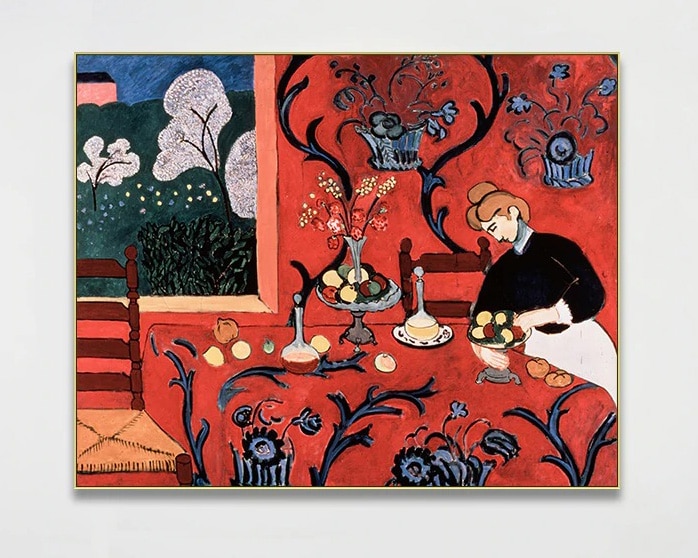

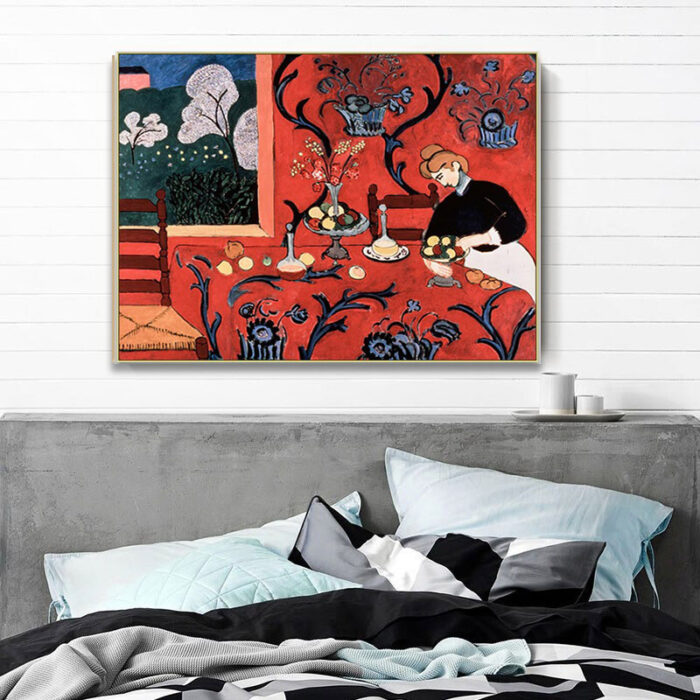
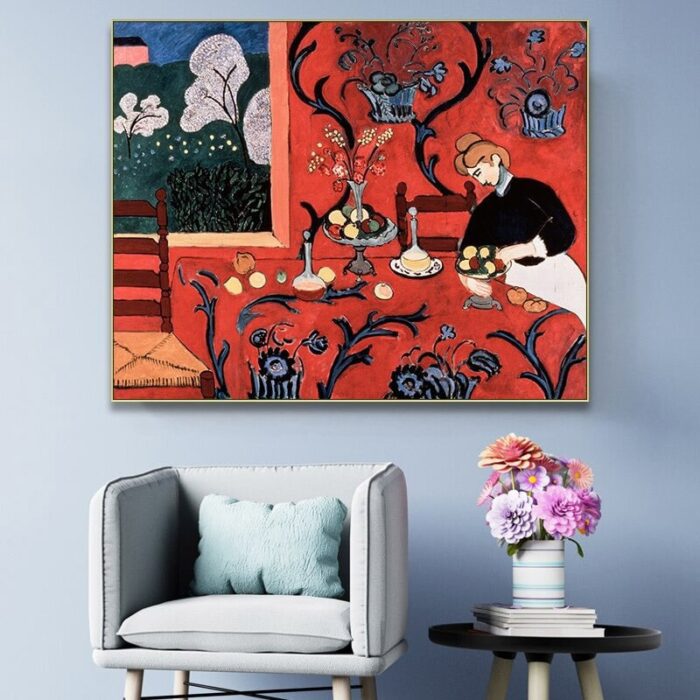
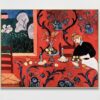

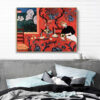
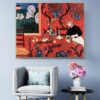
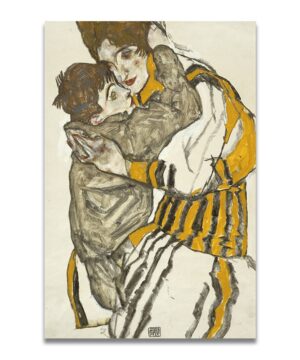
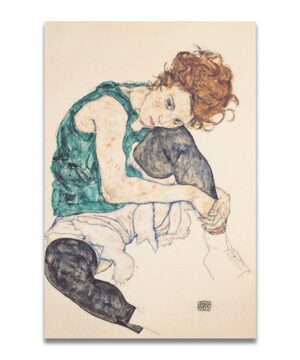

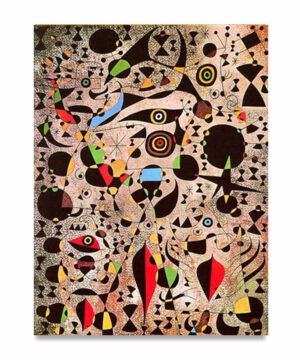
Reviews
There are no reviews yet.